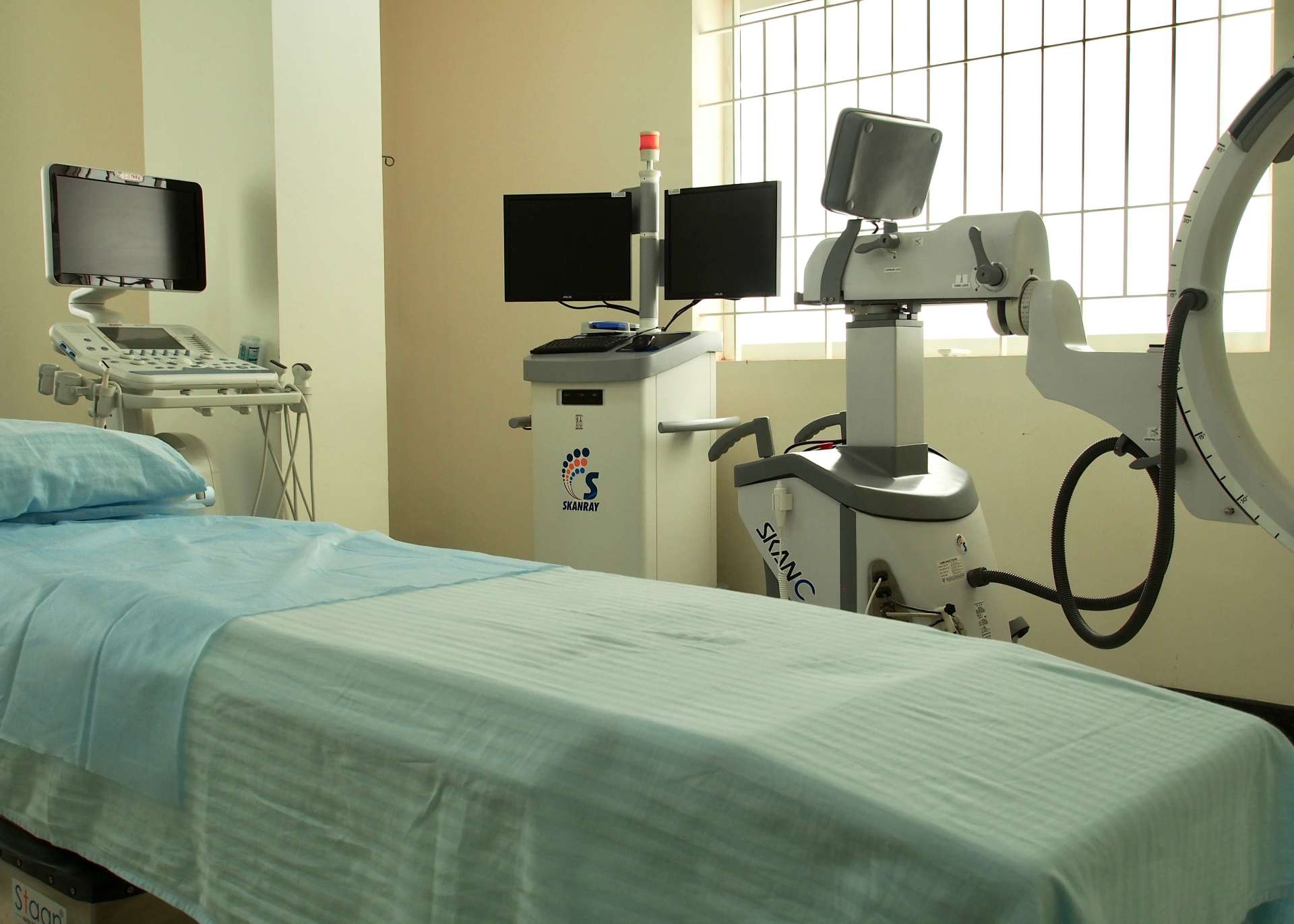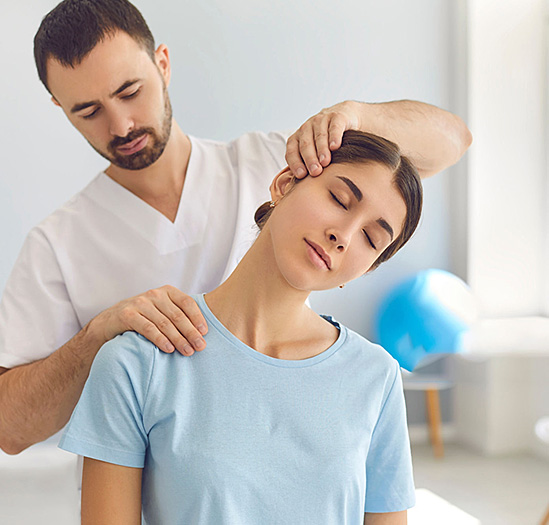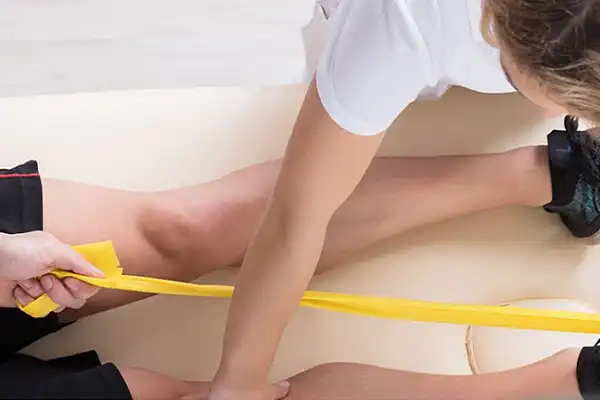Physiotherapy
Our physiotherapy practice is committed to providing excellence in patient care, which includes Orthopedic Manual Therapy and Neuro musculoskeletal rehabilitation.
The center prides itself in having experienced consultants who have specialized in Neuromusculoskeletal, Spine, Upper and Lower limb and Pelvic floor rehabilitation. They work closely with the best pain physicians to facilitate your rehabilitation from pain. Physiotherapy includes the treatment of a variety of common problems such as backache, neck ache and shoulder pain. Treatments include using a range of skills and techniques including manipulation and massage, stretches and exercises, state-of-the-art electrotherapy treatments and the right advice.
Your First Appointment
At your first visit your physiotherapist will take a history of your condition and your general health. A comprehensive assessment will follow during which the physiotherapist will use highly skilled clinical tests to check the cause of the problem, whether it is a ligament, muscle or joint problem or an internal dysfunction or combination of several factors. We take a holistic approach at Atlas Pain Care where we may analyze the whole body in order to treat the problem effectively.


Treatment
Once the treatment goals are agreed upon we estimate the number of treatments required to obtain these goals. We understand that getting people back to their chosen activities – work and hobbies, family and other interests – is of paramount importance. Many patients have been surprised and delighted that we have returned them to a sport or hobby, which they had thought they would never be able to return to. Our physios have regular in-house training and undertake continuous professional development studies and courses in order to keep up with current research in physiotherapy. Within the team there are physios with special interests and training and we may recommend a particular physiotherapist with the greatest expertise for your problem.
To arrange an appointment or to speak to a physiotherapist, call us on: +91 81245 62456.
Osteopathy
Back and neck pain in particular may benefit from osteopathy. Pain in the shoulders, arms and legs from a ‘trapped’ nerve in the spine may also be relieved.
Osteopaths are highly trained in manipulation, which is often a very gentle treatment, as well as massage and stretching treatments.
Osteopathy can be effective for children and adults and is also safe for the elderly.

- This is a very gentle treatment. Using a very light touch the therapist senses areas of tension and other problems.
- Cranial osteopathy and cranio-sacral therapy are very popular with parents and guardians who have babies that are failing to settle and sleep or are restless and colicky. Babies often only need two or three treatments to settle these problems.
- Cranial treatment can also be of help to people with long-term pain and ailments and for those who have failed to obtain relief from other treatments.
- Dry needling is a technique physiotherapist use for the treatment of pain and movement impairments. The technique uses a “dry” needle, one without medication or injection, inserted through the skin into areas of the muscle. Other terms commonly used to describe dry needling, include trigger point dry needling, and intramuscular manual therapy. Dry needling is not acupuncture. It is a part of modern Western medicine principles, and supported by research.
- A trigger point is a taut band of skeletal muscle located within a larger muscle group. Trigger points can be tender to the touch, and touching a trigger point may cause pain to other parts of the body.
- Dry needling involves a thin filiform needle that penetrates the skin and stimulates underlying myofascial trigger points and muscular and connective tissues. The needle allows a physiotherapist to target tissues that are not manually palpable.
- Physical therapists wear gloves and appropriate personal protective equipment (PPE) when dry needling, consistent with Standard Precautions, Guide to Infection Prevention for Outpatient Settings, and OSHA standards. The sterile needles are disposed of in a medical sharps collector.
- In cases when dry needling is used by physical therapists, it is typically 1 technique that's part of a larger treatment plan.
- Physical therapists use dry needling with the goal of releasing or inactivating trigger points to relieve pain or improve range of motion. It improves pain control, reduces muscle tension, and normalizes dysfunctions of the motor end plates, the sites at which nerve impulses are transmitted to muscles. This can help speed up your return to active rehabilitation.
- Spinal manipulation, also called spinal manipulative therapy or manual therapy, combines moving and jolting joints, massage, exercise, and physical therapy. It's designed to relieve pressure on joints, reduce inflammation, and improve nerve function. It’s often used to treat back, neck, shoulder, and headache pain. Chiropractors use it to treat other disorders too, such as menstrual pain and sinus problems.
How Current Methods Evolved
In spinal manipulation, the practitioner uses their hands to apply a controlled, sudden force to a specific joint. Patients often hear popping noises, like when you crack your knuckles.
In spinal mobilization, practitioners use less forceful thrusts and more stretching. They will sometimes use an “activator,” which is a small metal tool that applies force directly to one vertebra
